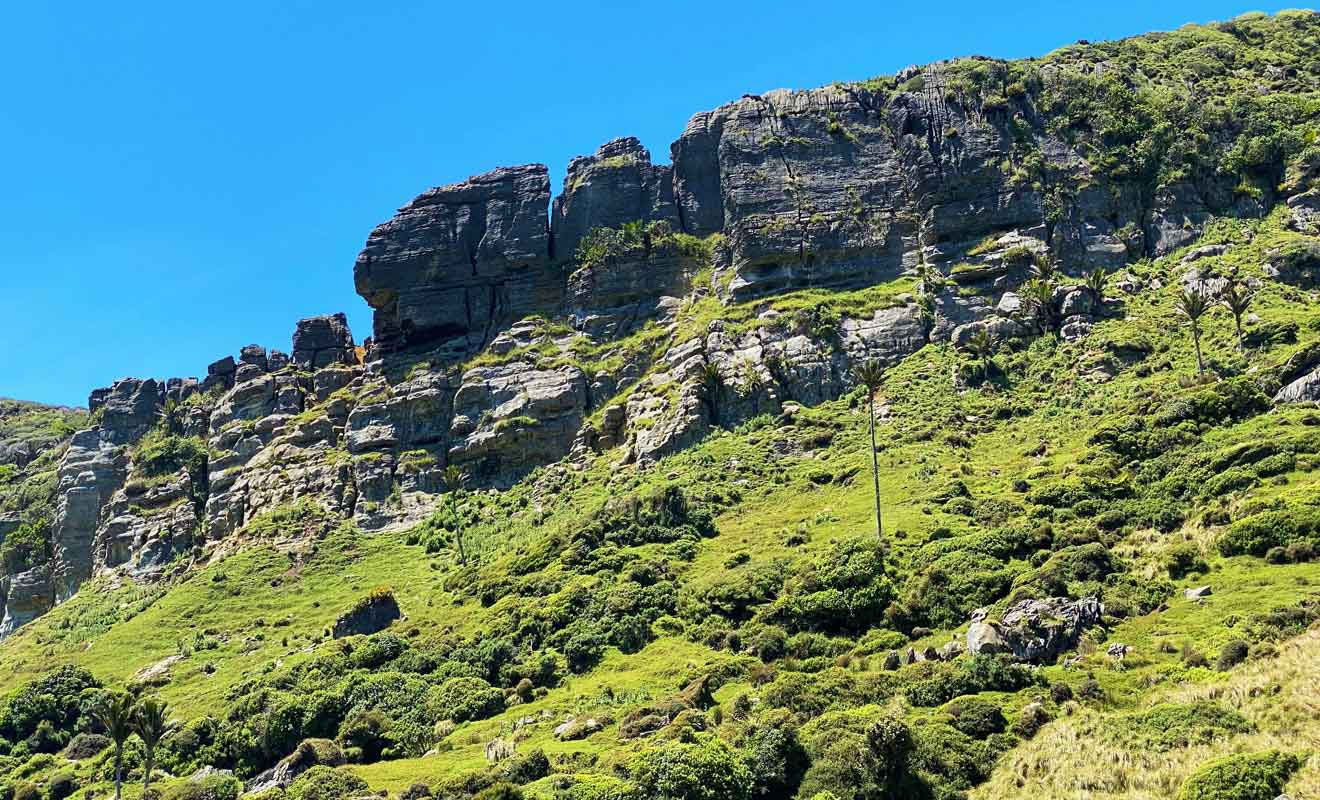

Thorndon Flat and Pepitea Point taken from Wellington Terrace, by John Pearse. Potatoes were grown in clearings on the slopes. Surrounding mahinga kai extended from the palisaded kainga on the shore to the lower edge of Te Ahumairangi. In 1842 the residents numbered 134: 59 men, 43 women, and 32 children. Te Matehou hapū (a sub-tribe or extended family) under Te Ropiha became the next occupants of Pipitea. Ngāti Mutunga, before leaving for the Chatham Islands, are said to have burnt their kainga and cultivations at Pipitea. However, in 1835 a formal agreement between Te Āti Awa and Ngati Mutunga, now under pressure from the new arrivals, established Te Ati Awa as the dominant occupier. Two further migrations from Taranaki by Te Āti Awa in 18 brought several thousand people into the harbour and surrounding lands.

Among them in 1824 were the first recorded residents of Pipitea/Thorndon: Ngāti Tama who established kainga at Tiakiwai at the beginning of the Ohariu track, and Ngāti Mutunga who established a line of settlements along the harbour’s western shore including Pipitea. The Ngāti Ira iwi (tribe) occupied Te Whanganui-a-Tara but had established their kainga and mahinga kai (settlements and food gardens) on the opposite, eastern side of the harbour.Ĭonflict and dislocation, in part caused by Ngāti Toa moving south from Kāwhia under the leadership of Te Rauparaha, resulted in migrations down the Taranaki coast and into Te Whanganui-a-Tara. A track from Ohariu wound through the hills and down to the shoreline at the northern end of Thorndon. The steep ridge, Te Ahumairangi/Tinakori Hill, was the source of springs and creeks. The Pipitea Stream flowed across Haukawakawa (Thorndon Flat), down present-day Glenmore Street and the lower section of the Botanic Garden. Alexander Turnbull Library, Wellington, New Zealand. View looking down Hawkestone Street, Wellington with Mr Brees Cottage, 39 Wesleyan Chapel & Mission House, Wellington, 40.

Watercress and puha grew along the streams. The forest contained the birds common today as well as takahē, and huia, now extinct. Pipi shellfish beds lined the shore and duck and bittern thrived in the wetlands. Seafood and birdlife were abundant and fresh water was plentiful. At the beginning of the 19th century Pipitea/Thorndon, on the western shore of Te Whanganui-a-tara (the future Wellington harbour), was a pristine beach with a fern-covered hinterland fringed by dense forest.


 0 kommentar(er)
0 kommentar(er)
